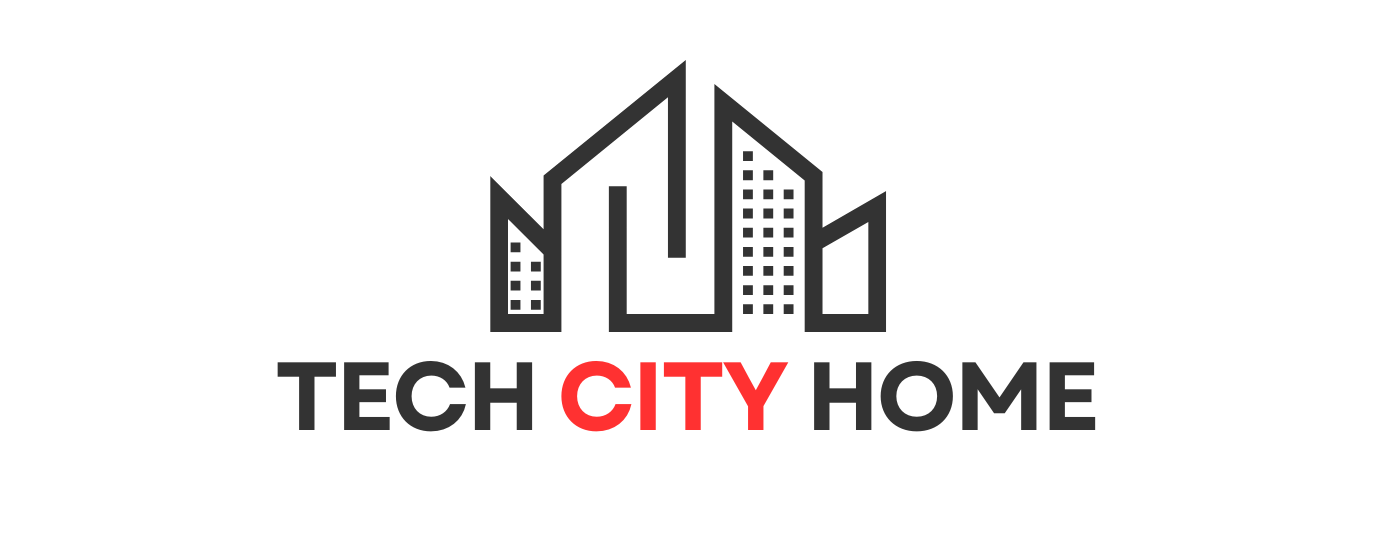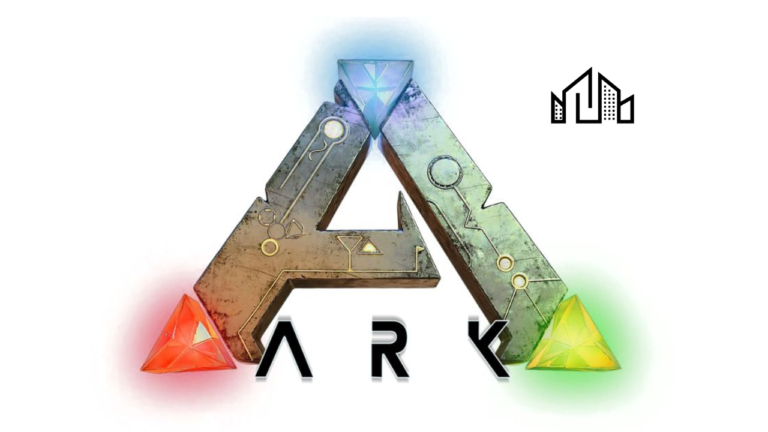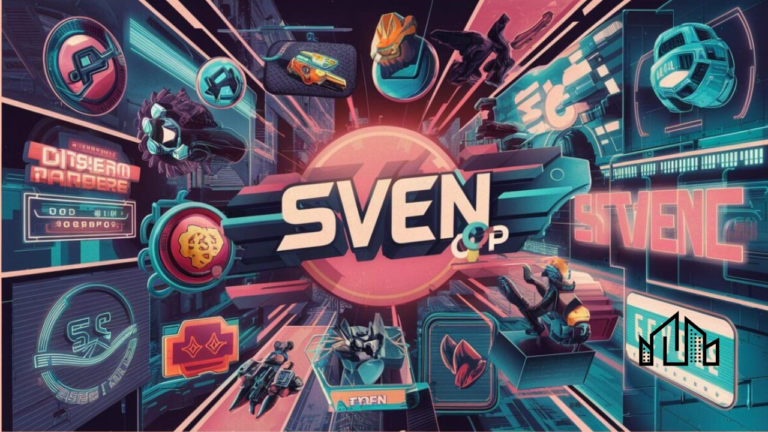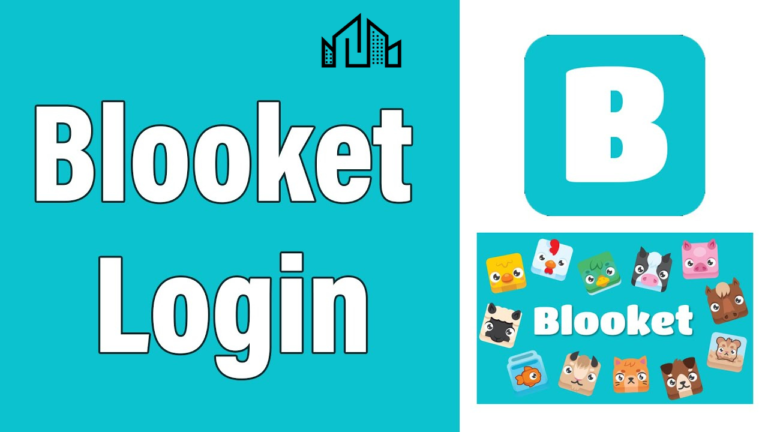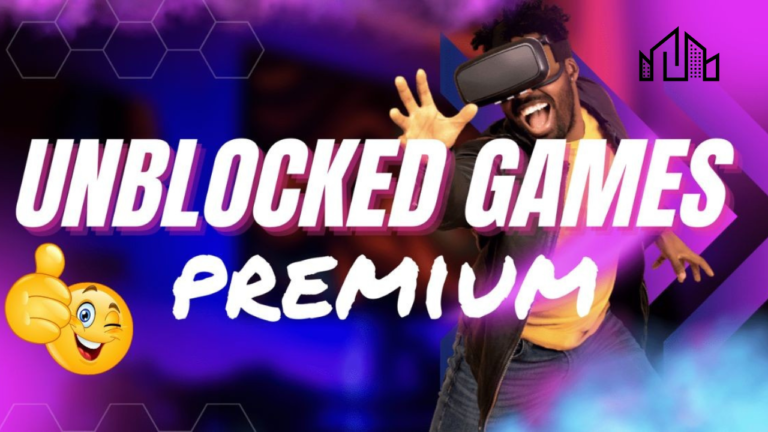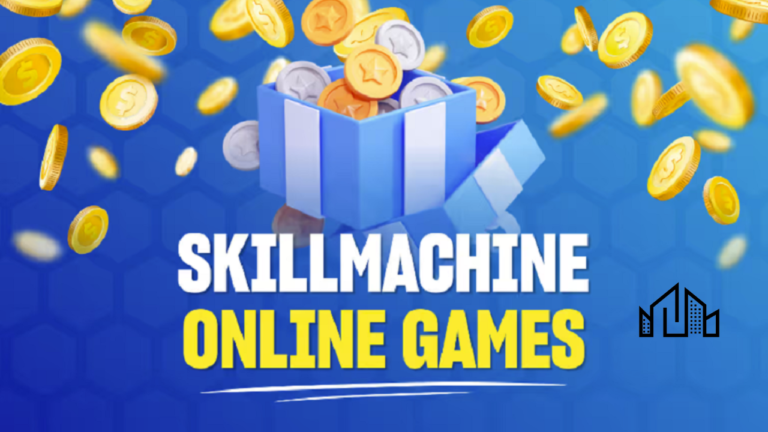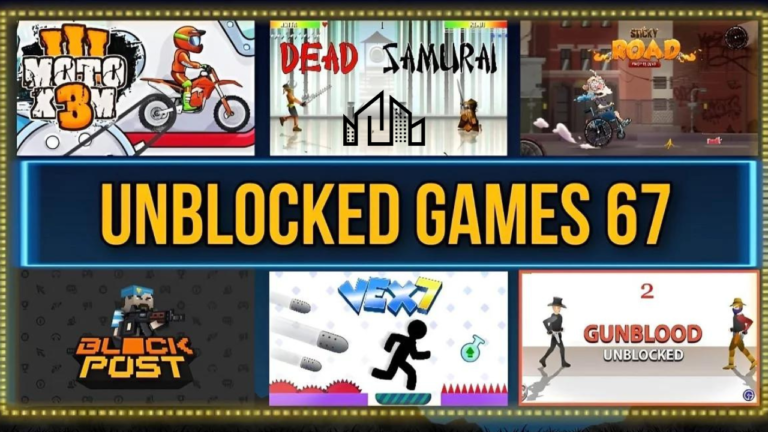Exploring the Evolution of Minecraft’s Visual Identity: Icons and Banners from 2009 to Now

Since its release in 2009, Minecraft has captured the hearts of millions of players worldwide with its unique blocky aesthetic and endless possibilities for creativity and exploration. A key aspect of Minecraft’s (2009) Game Icons banners lies in its icons and banners, which symbolize the game’s core mechanics and play a crucial role in expressing individuality and fostering community engagement. Let’s dive into the evolution of these iconic elements from the game’s early days to the present.
The Iconic Creeper Face
Within the vast, pixelated world of Minecraft, the Creeper stands out as an emblem of the game’s inherent challenges and its unique, adventurous spirit. This hostile mob, recognized by its vivid green colour and distinct frowning visage, has transcended the digital realm to become a symbol of Minecraft’s quirky aesthetic. The face of the Creeper, with its unsettling, twisted expression, is not just an avatar of danger within the game; it has also ingrained itself in the broader pop culture, finding its way onto an array of merchandise and promotional campaigns.
Its omnipresence extends beyond the game, adorning everything from t-shirts and hats to backpacks, showcasing Minecraft’s significant impact on gaming culture. This icon does more than merely represent a single aspect of the game; it encapsulates the essence of discovery and the constant lurking dangers that make the game thrilling. The Creeper face is a badge of honour among players, symbolizing the exhilarating encounters and narrow escapes that characterize their adventures in Minecraft. Its recognition factor is unparalleled, immediately calling to mind the creativity and exploration that are the hallmarks of the Minecraft experience.
This enduring icon serves as a reminder of the game’s dynamic environment and as a bridge connecting the community. Players share stories of their encounters and strategies for dealing with Creepers and even collaborate on building Creeper-themed structures, showcasing the collective creativity and camaraderie that Minecraft fosters.
Grass Block – The Building Block of Minecraft
At the heart of Minecraft’s visually captivating universe lies the grass block, a simple yet profoundly symbolic element that epitomizes the essence of creation and survival in the game. With its distinctive green top layered over pixelated brown soil, the grass block is recognized globally as the foundational building block upon which players craft their elaborate realms and embark on their boundless adventures. Its significance is highlighted in various facets of the game’s branding, from logos to loading screens, underscoring the central role of building and exploration that Minecraft champions.
This block is not just a mere resource for construction; it is the canvas upon which players paint their dreams and stories. It stands as a testament to the game’s open-world premise, offering an invitation to engage with the environment in a profoundly interactive and personal way. The grass block’s omnipresence in Minecraft’s visual and digital landscape is a constant reminder of the game’s core mechanics—dig, build, and explore. Its ubiquity transcends its function, becoming a beloved icon that resonates with players of all ages.
As players manipulate these blocks to forge structures, landscapes, and entire worlds, the grass block remains a humble yet powerful symbol of creativity and potential. It embodies the endless possibilities that Minecraft offers, serving as the first step in the journey of discovery that awaits every player. Through this iconic block, the game encourages a seamless blend of creativity and survival, setting the stage for the myriad of experiences defining Minecraft adventure.
Steve’s Face – The Avatar of Adventure
Steve, the archetypal protagonist of Minecraft, embodies the spirit of exploration and creativity that is at the heart of the game. His austere, blocky visage has become a canvas for players to project their narratives and adventures within the expansive digital world. Recognized by his straightforward, pixelated expression, Steve serves as the default player character, offering a blank slate for gamers to imbue with their personality and flair.
Steve’s face, often depicted in marketing materials and community art, is more than just a representation of the player. It is a universal symbol of Minecraft’s vast, player-driven stories, underscoring the game’s emphasis on exploration and personal expression. In a realm where players can be builders, warriors, or explorers, Steve’s unassuming face is the common denominator that unites the community. It serves as a reminder that, in Minecraft, anyone can forge their path and leave a mark on the world.
Within the game, this iconic face is not just a static image; it’s a dynamic identity that players can customize with skins, transforming Steve into a direct reflection of themselves or who they wish to be in the game. From the standard Steve model, players have developed countless variations, showcasing the diverse and inclusive nature of the Minecraft community. Through Steve’s face, the game emphasizes individuality and the power of personal choice, making each player’s journey uniquely theirs.
The Role and Customization of In-Game Banners
Banners serve as a dynamic tool within Minecraft, enabling players to express their individuality and creativity in many ways. These decorative blocks, which can be easily crafted using wool and a stick, offer an extensive palette for customization. With the addition of dyes, players can imbue banners with various patterns, symbols, and colours, creating designs that range from simple to intricate. This level of customization allows for a unique form of expression within the game’s expansive world.
Players often deploy banners to signify ownership over territories, brand their bases with personal logos, or design distinctive flags representing their in-game factions or communities. On a more functional note, banners are strategically used to mark key locations, guiding players back to essential sites such as villages, mines, or custom waypoints. The adaptability of banners extends further, as they can be placed on shields, turning defensive tools into badges of identity that players carry into battle or exploration.
The creative potential of banners is not confined to solitary play; it flourishes in multiplayer environments where players showcase their designs, sparking inspiration or even friendly competition. Through the medium of banners, Minecraft facilitates a unique blend of artistic expression and gameplay functionality, enhancing the communal and interactive experience at the core of its enduring appeal.
Event and Update Banners – Celebrating Minecraft Milestones
Throughout its history, Mojang has adeptly utilized banners to mark significant moments and updates in Minecraft, creating a tapestry of events that narrate the game’s evolution. These unique banners, often released to coincide with updates like the much-anticipated Nether Update or commemorate the game’s anniversary, serve as digital mementoes that encapsulate Minecraft’s universe’s continuous growth and development. Displayed prominently on the game’s official websites, across various social media platforms, and within the game itself during special events, these banners act as rallying points for the community, igniting enthusiasm and fostering a collective spirit of anticipation and celebration.
Each banner, uniquely designed to reflect the event’s theme or update it represents, is more than just an aesthetic addition; it is a beacon that guides the Minecraft community through the game’s ever-expanding lore. Players eagerly await these releases for the new content they herald and the sense of unity and shared adventure they inspire. Through these banners, Mojang commemorates the milestones that have shaped Minecraft and honors the vibrant community that has been instrumental in the game’s ongoing success.
By highlighting critical moments with these banners, Mojang encourages players to reflect on their journeys within the game and to look forward to future explorations. These banners thus play a crucial role in weaving the collective narrative of Minecraft, celebrating each new chapter in the game’s storied history and the community that continues to build, explore, and imagine within its boundless worlds.
Read More
The Significance of Icons and Banners in Minecraft’s Community and Culture
In the sprawling, ever-evolving world of Minecraft, icons and banners serve as more than mere embellishments. They encapsulate the spirit and dynamism of the game’s community, fostering a rich culture of shared experiences and creative expression. These elements offer players a unique language of symbols, enabling them to communicate, collaborate, and compete in ways that transcend the game’s digital boundaries. Icons like the Creeper face and the grass block become shared references that unite players, sparking conversations and friendships. Customizable and varied banners allow for a personalized touch in the game, providing a canvas for players to showcase their creativity and ingenuity.
As these visual elements infiltrate fan-made content, from art to memes, they help solidify the communal bonds within the Minecraft universe. The creative uses of icons and banners reflect the game’s impact on popular culture, illustrating how deeply embedded Minecraft has become in the lives of its players. They symbolize the game’s open-ended nature, inviting players to leave their mark on it and, by extension, its community. These shared symbols weave a rich tapestry of player stories and achievements, celebrating the individuality and collective spirit that defines the Minecraft experience. Icons and banners thus play a pivotal role in the cultural phenomenon that Minecraft has become, highlighting the game’s ability to inspire and unite a diverse global community.
